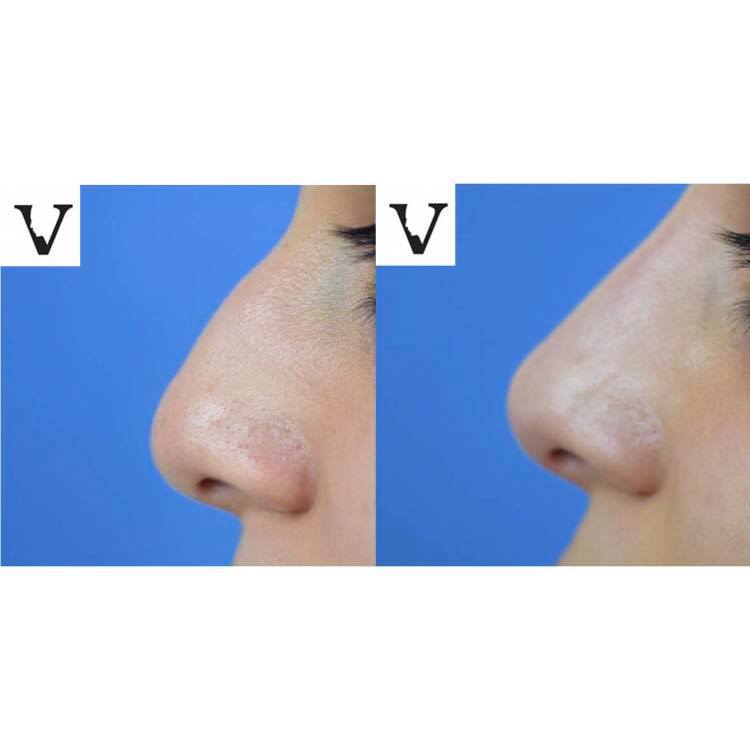Non Surgical Nose Job
theadkgroup | Tuesday, August 14th, 2018

A nose work is something that for the most part wishes to reshape without being engaged in unsafe procedures. Your Non Surgical Nose Job adequately is presently done at VISAGE SCULPTURE. We are the climbing over the stage in the field of prescribed dermal fillers for your excellence parts. There are different parts of the body one could wish to reshape exhaustively. At our stage with known and progressed planned fillers are injected with intensive care. Our fillers based on experimental and clinically proven techniques. With the serious care of our authorized specialists. In addition, the fillers utilized at the stage are immaculate in the market. With the tremendous encounters of our accomplished specialists, we are strolling before the line. The fillers are incredibly intended to support up your nose and encompassed zone. Facial lines, nasal bridge, reshaping the nose tip carefully turned out in various ways. Receive the most practical decision for your wrinkles around nose and nose repositioning to look better.
Don’t Regret Choose Non Surgical Nose Job
You could get your nose into more regrettable condition by choosing the medical procedure techniques. Medical procedure techniques are referred to as surgical options and mostly it costs you more than you could afford. Our techniques are affirmed and done under guaranteed arrangement hands. We are the cluster of authorized specialists. So you could look for a Non Surgical Nose Job. Immediately for anchored methodology take a sheer step for your better nose. Reshape the nose or any crucial part of your body from some authorized platform. As our all products and procedures are FDA approved and clinically tested. We are predominant with the point of excellence upgrade. Your excellence is the earlier thing for us. Our motivational group taking a shot at non surgical nose job strategies to help you with the effective methods. We are in the market for a considerable length of time and taking a step forward at years.
Nose occupations are finished by numerous different drugs and medical procedures at different stages. Be that as it may, what we engaging to our noteworthy customers are decisively productive. Clinically demonstrated and FDA endorsed items are ours intend to manage. We are the tested and platform to trust on. Your presence is our priority and should be taken all your medical treatments under intensive care. Non Surgical Nose Job is better than any other surgical or laser treatments. Your nostrils, breath problem, aligning of nose-bridge all settled under treaty hands. VISAGE SCULPTURE is the medium of fillers that react according to your desire. The fillers that make us apart from other injectable medications is they are clinically proven and long last for more than others.
Renewal of Nasal System | Non Surgical Nose Job
Required another nose tinier, straighter, smoother you could either have a therapeutic technique of laser medicines, medical procedures or nothing else. You had the same options for reshaping your other body parts. Regardless, with the rising of injectable fillers came an off-name. Utilize dermal fillers for Non Surgical Nose Job without getting involved in risky techniques. The procedure for changing your entire profile in under minutes. Working with the same hyaluronic destructive gels used for lips and cheeks, an authority dermal fillers to reshape your Nose accurately you demand. Fillers impacting your nose to appear to be pretty much. The strategy by Masha and the affirmed specialists is now getting in trends. We offer the dermal fillers all around the Nation to get treated at VISAGE SCULPTURE.
Treatment at Secured Stage | Non Surgical Nose Job
It is the work for an alluring component of your face. So get the fix from some most secure and anchored stages. Our dermal filler is generally utilized for reshaping the Nose. To help you with Non surgical nose job we making our administrations completely open all over the Nation. So get your treatment for some astonishing appearance. Boost up your self-confidence by reshaping your unaligned nose. At VISAGE SCULPTURE the doctors are experienced and determined accurately according to your needs. So make your non surgical nose job securely by appointing us today.

